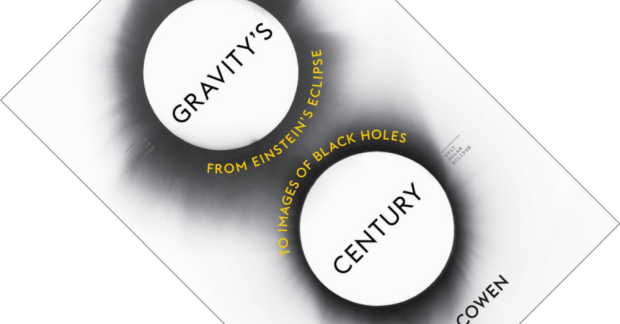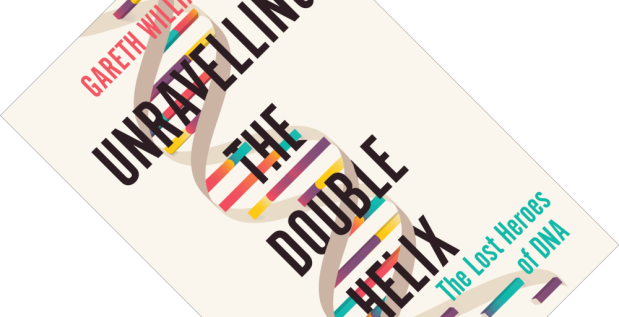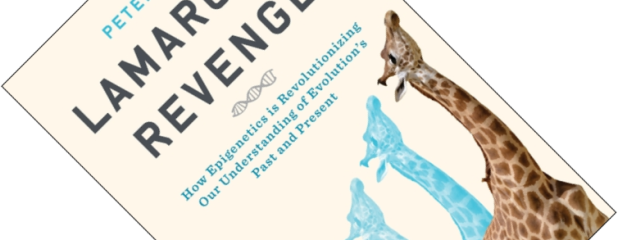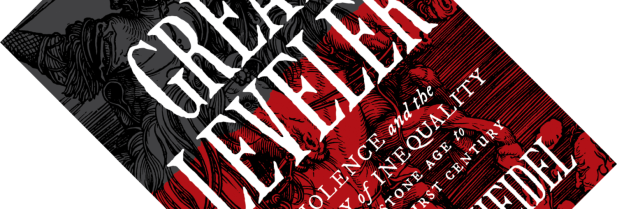When the movie Interstellar was released in 2014, I thought its depiction of a black hole was one of the most hauntingly beautiful scenes. And with input from prominent astrophysicist Kip Thorne, there was plenty of science to this piece of science fiction (see The Science of Interstellar). Amazingly, we only had to wait five more years for an actual image of a black hole – or really its event horizon – to be published. But these astounding images have been a long time coming. With Gravity’s Century, science writer Ron Cowen traces the story back to Albert Einstein and provides an accessible and compact overview of the century-long quest in physics to better understand gravity.
World War I
Book review – Unravelling the Double Helix: The Lost Heroes of DNA
Most people will at least be mildly familiar with the story of how the structure of DNA was discovered. Francis Crick and James D. Watson are household names in this story as they went on to win a Nobel Prize. But can you name the third person to share it with them? Most people will also have heard of Rosalind Franklin, but as Gareth Williams shows, so many other people were relevant to this story. Watson and Crick only put the finishing cherry on the cake. Unravelling the Double Helix covers the preceding 85 years of breakthroughs, blind alleys, near-misses, and “beautifully executed bellyflops” by some of the greatest scientists of their time.
Book review – Upheaval: How Nations Cope with Crisis and Change
The subtitle of this book could also be reworded as a question. How, indeed, do nations cope with crises such as war? With Upheaval, geography professor Jared Diamond puts forward a rather unorthodox suggestion for answering this question. Psychologists and specifically crisis therapists have gained a lot of insight into how individuals deal with and overcome crises in their personal lives. Taking a list of twelve factors that influence this, Upheaval is both a thought experiment and a piece of comparative history that tries to apply this framework to six nations that went through a crisis.
Book review – Lamarck’s Revenge: How Epigenetics Is Revolutionizing Our Understanding of Evolution’s Past and Present
As one of several intellectuals who wrote about evolution before Darwin, time has not been kind to the French naturalist Jean-Baptiste Lamarck (1744-1829). Reviled during his lifetime by the influential Cuvier, after his death he became best remembered, and ultimately ridiculed, for the idea that characters acquired during an organism’s lifetime are passed on to its offspring. With the rise of the modern field of epigenetics, some of his ideas are making a comeback, albeit modified and adapted for the 21st Century. Palaeontologist and astrobiologist Peter Ward would even like to go so far as to restore some honour to his name and consider epigenetics a neo-Lamarckian process.
Book review – The Great Leveler: Violence and the History of Inequality from the Stone Age to the Twenty-First Century
Given that I predominantly review books on biology, you may wonder why a book on the history of economic inequality would be reviewed here. All I can say in my defence is that this biologist is nothing if not inquisitive.
Walter Scheidel’s The Great Leveler is a global deep history of inequality. Having taken a long, hard look at a huge range of historical evidence, Scheidel contends that only extreme violence and catastrophe have historically been able to bring more economic equality into the world.





